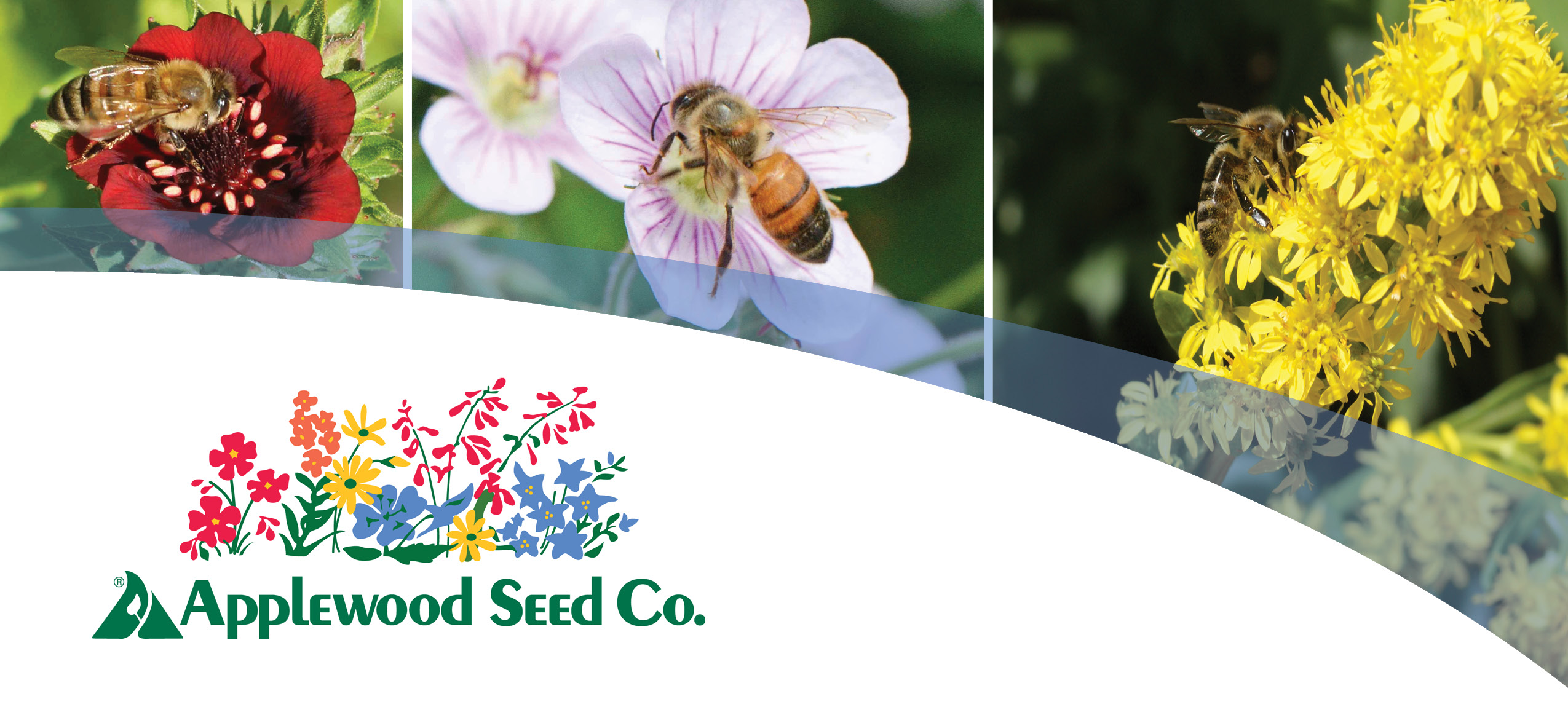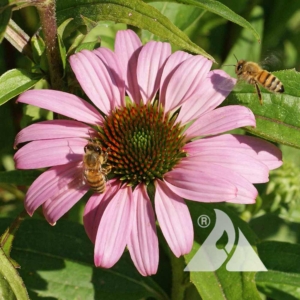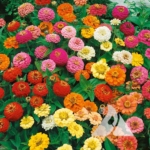
Flowers for Honey Bees and Wild Bees
Learn more about the preferred flowers of honey bees and wild bees in the Prairie Pothole Region
The following factsheet is a result of work done by Clint Otto and colleagues at the USGS-Northern Prairie Wildlife Research Center in Jamestown, North Dakota. Clint’s team developed the factsheet in part with information gathered through the Bee Integrated project that is coordinated by the Honey Bee Health Coalition. It highlights forbs that are preferred by honey bees and wild bees in the Prairie Pothole Region. This research was supported by five years of field data and over 8,000 bee-flower observations. Their future goal is to mail this factsheet to USDA (also a partner) offices within their study region.

Common name |
Scientific name |
Indigenous statusa |
Life cycleb |
Bloom periodc |
Honey bees—Preferred flowering plants (listed from most preferred to least preferred) |
||||
| Showy milkweed | Asclepias speciosa | Native | P | June–August |
| Common milkweed | Asclepias syriaca | Native | P | June–August |
| Lacy phacelia | Phacelia tanacetifolia | Introduced | A | June–September |
| Lavender hyssop | Agastache foeniculum | Native | P | June–September |
| Charlock mustard | Sinapis arvensis | Introduced | A | June–September |
| Sainfoin | Onobrychis viciifolia | Introduced | P | June–September |
| Purple prairie clover | Dalea purpurea | Native | P | June–September |
| Alsike clover | Trifolium hybridum | Introduced | A, P | June–September |
| Rigid goldenrod | Solidago rigida | Native | P | July–September |
| Sweet clover | Melilotus officinalis | Introduced | A–B | June–September |
| Bergamot | Monarda fistulosa | Native | P | July–September |
Wild bees—Preferred flowering plants (listed from most preferred to least preferred) |
||||
| Lacy phacelia | Phacelia tanacetifolia | Introduced | A | June–September |
| Rigid goldenrod | Solidago rigida | Native | P | July–September |
| Purple coneflower | Echinacea purpurea | Native | P | July–September |
| Maximilian sunflower | Helianthus maximiliani | Native | P | June–September |
| Grey-headed coneflower | Ratibida pinnata | Native | P | June–September |
| Blanketflower | Gaillardia aristata | Native | P | June–September |
| Lavender hyssop | Agastache foeniculum | Native | P | June–September |
| Bergamot | Monarda fistulosa | Native | P | July–September |
| Purple prairie clover | Dalea purpurea | Native | P | June–September |
| Ox-eye sunflower | Heliopsis helianthoides | Native | P | June–September |
aIndigenous status was determined from U.S. Department of Agriculture Plants Database (https://plants.sc.egov.usda.gov/) as being native to any of the States encompassing the Prairie Pothole Region. Bull thistle (Cirsium vulgare), Canada thistle (Cirsium arvense), and field sowthistle (Sonchus arvensis) were preferred by bees but are not included in this table because they are State-listed noxious weeds. Some native or introduced species listed in this table may be considered weedy—consult with local recommendations before seeding.
bAccording to U.S. Department of Agriculture Plants Database (https://plants.sc.egov.usda.gov/).
cBloom period is based on the first and last observations of the plant flowering in the 5-year dataset from data collected June–September each year.



Applewood Seed Co. Announces Strategic Leadership Changes to Drive Business Growth
Applewood Seed Co., an employee-owned company, the leading supplier and wholesaler of open-pollinated flower seeds in the U.S., proudly announces two pivotal promotions within its leadership team. Mary Gomane has been promoted to Vice President of Sales & Production and Joe Eenigenburg has advanced to the role of Director of Sales & Marketing. These strategic […]
Using Flowers as Nature’s Solution to Water Conservation
In the realm of commercial landscaping, traditional turfgrass lawns still reign as the go-to for public and private projects. However in recent years, the practice of replacing turfgrass with flowers has steadily gained popularity, not only for the aesthetic appeal but specifically for the positive impact on water conservation and cost reduction.